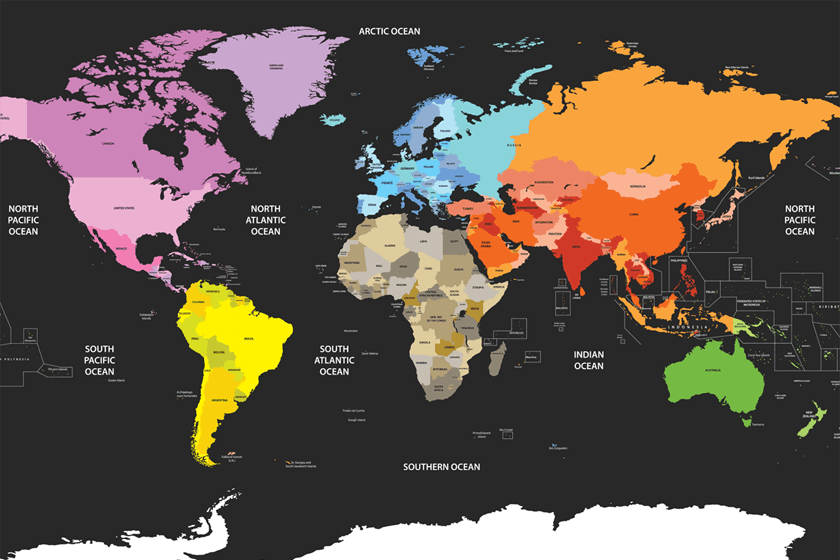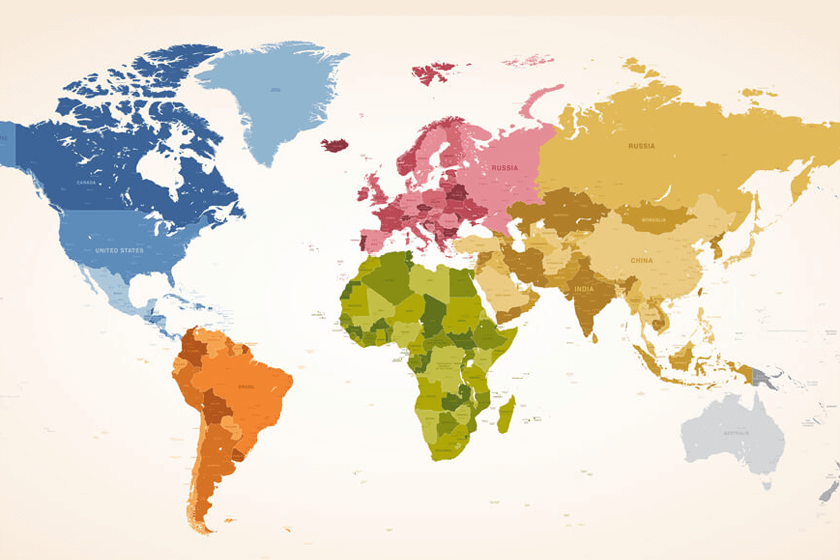Spanish Wine Export Trends 2024: Volume Drops, Revenue Rises
In 2024, Spain retained its position as the world’s second-largest wine exporter by volume, despite shipments dropping to their lowest level in a decade. According to OIV, total exports fell by nearly 1 million hectoliters, reaching 20.0 million hectoliters.
Spanish Wine Export Trends 2024: Volume Drops, Revenue Rises Read More »










